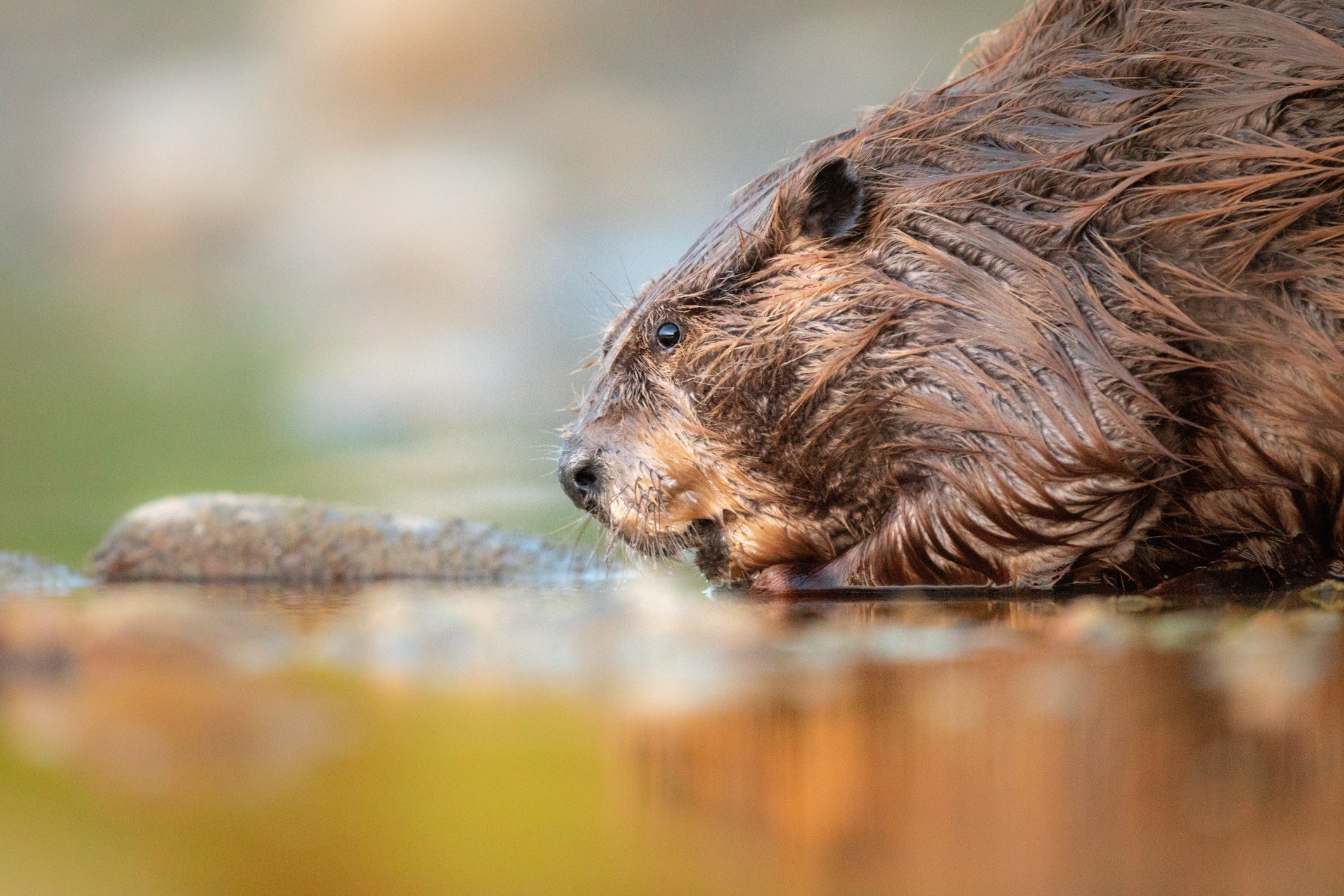The question, “Is fake strawberry really beaver butt?” reflects a common misconception fueled by viral content and misinformation surrounding the flavor industry. Similarly, “Is artificial vanilla actually made from beaver anal gland?” reveals the persistent intrigue and, frankly, the squeamishness many feel about castoreum. Let’s delve into the reality of this natural flavoring agent and its presence in modern food.
The truth is far more nuanced than sensational headlines suggest. Castoreum, a substance derived from beavers, has a history intertwined with medicine, perfumery, and even the food industry. However, its current usage is significantly less prevalent than popular belief suggests.
What is Castoreum, Really?
Castoreum is a secretion from the castor sacs of beavers, located near the anal glands but not the same. The fluid contains fragrant compounds derived from the beavers’ diet of plants. This gives it a unique aroma, often described as woody, leathery, or vanilla-like. Historically, it wasn’t a cheap substitute, but a rather expensive and artisanal ingredient.
Photo: Layne vanRhijn/Getty Images
A Storied Past: Castoreum Through History
The use of castoreum dates back centuries. Ancient civilizations valued it for its medicinal properties, believing it could treat a range of ailments. Later, it found a place in perfumery, prized for its complex and lasting scent. Perfumer Mandy Aftel described it as “kind of sexy, kind of dark”—the scent of Russian leather. “It’s what’s known as a base note,” she explained. “It’s deep under things, one of the last lingering notes you smell.” In the early 20th century, castoreum made its way into the flavor industry, adding depth and complexity to vanilla and fruit-based flavors.
Castoreum in Food: A Vanishing Act
While castoreum was indeed used in food products like vanilla ice cream, raspberry chocolates, baked goods, and chewing gum, its use has drastically declined. According to the Flavor Extract Manufacturers’ Association (FEMA), the amount of castoreum used in flavorings in the US plummeted from 683 pounds in 1982 to under 250 pounds in 1987. FEMA confirmed its use has “decreased significantly” since then. The primary reason for this decline isn’t necessarily cost, but rather religious dietary laws. To obtain kosher certification, food companies had to eliminate castoreum from their flavorings.
Susie Bautista, a flavorist, recalls removing castoreum from a vanilla flavor to obtain kosher certification. She described the difference in flavor as castoreum adding a lot of body. “It was sweet, sweet, and full.”
A beaver castor sac. Photo courtesy of Tamworth Distilling
The “Natural Flavor” Loophole: Why the Confusion?
The term “natural flavor” as defined by the FDA, can encompass a wide array of ingredients derived from natural sources, including animal secretions like castoreum. This broad definition has led to confusion and speculation, with some assuming that any product labeled “natural flavor” might contain beaver-derived ingredients. However, the reality is that castoreum is rarely used in modern food production.
The Resurgence: Castoreum in Niche Markets
While castoreum has largely disappeared from mainstream food products, it has found a niche market in artisanal spirits. Tamworth Distilling, for example, produces Eau de Musc, a bourbon flavored with castoreum and other regional botanicals. This unique spirit aims to capture “the mood of the forest” and highlights the historical connection between humans and beavers. Tamworth gets its castoreum from Anton Kaska, a local New Hampshire trapper, who harvests castor sacs from nuisance beavers he’s hired to destroy. Kaska finds himself killing more beavers lately. The price of pelts has collapsed, and with fewer hobby hunters to keep the population in check, beaver dams are a growing problem, flooding houses and washing out roads.
Photo courtesy of Tamworth Distilling
Castoreum Today: A Rare and Appreciated Ingredient
The likelihood of encountering castoreum in your everyday food is incredibly low. Its use is limited to niche products, where its unique flavor profile is intentionally sought after. Rather than being a cheap, mass-produced ingredient, castoreum is now a rare and often ethically sourced component, appreciated for its historical significance and complex aroma. As Kaska says, using and appreciating castoreum is a way of honoring beavers.


